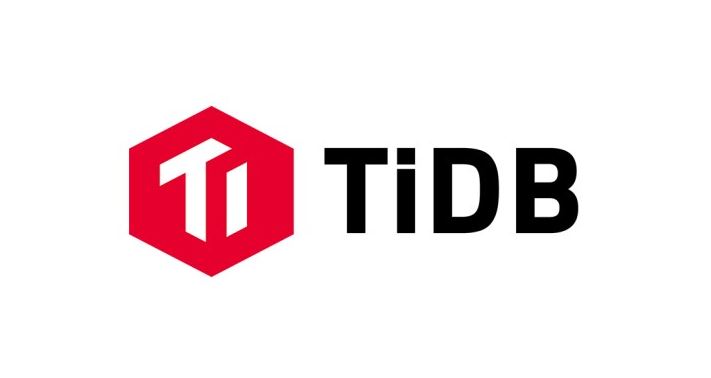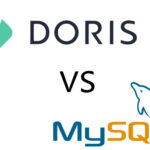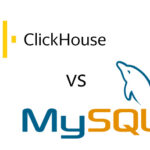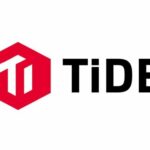Introduction
In today’s data-driven world, businesses demand databases that can handle massive workloads, scale seamlessly, and ensure high availability. While MySQL has long been a popular choice for relational databases, TiDB, an open-source distributed SQL database, offers compelling advantages that make it a superior alternative for modern applications. This article explores the benefits of TiDB and provides concrete reasons why you should consider migrating from MySQL to TiDB.
What is TiDB?
TiDB is a distributed SQL database designed for hybrid transactional and analytical processing (HTAP). It combines the best features of traditional relational databases like MySQL with the scalability and flexibility of distributed systems. TiDB is compatible with MySQL protocols, making migration easier while offering advanced capabilities such as horizontal scaling, strong consistency, and fault tolerance.
Key Advantages of TiDB Over MySQL
1. Horizontal Scalability
MySQL is limited by its single-node architecture, meaning you must upgrade hardware to handle increased workloads. In contrast, TiDB supports horizontal scaling, allowing you to add more nodes to distribute the load.
- Example: An e-commerce platform experiences a sudden surge in traffic during Black Friday sales. With MySQL, scaling up might involve costly hardware upgrades or downtime. TiDB, however, can dynamically add nodes to handle the increased load without interrupting service.
2. High Availability and Fault Tolerance
TiDB uses the Raft consensus algorithm to ensure data consistency and fault tolerance. If one node fails, others take over seamlessly, ensuring zero downtime. MySQL, on the other hand, requires manual intervention or complex configurations to achieve similar reliability.
- Example: A financial institution using TiDB can continue processing transactions even if a server crashes, thanks to its distributed architecture.
3. HTAP Workloads
TiDB excels in handling both transactional (OLTP) and analytical (OLAP) workloads simultaneously. MySQL struggles with heavy analytical queries because they can slow down transactional operations.
- Example: A retail company can use TiDB to process real-time sales transactions while running complex analytics on customer behavior—all within the same database.
4. MySQL Compatibility
One of TiDB’s standout features is its compatibility with MySQL protocols. This means you can migrate existing MySQL applications to TiDB with minimal changes to your codebase.
- Example: A startup using MySQL for its SaaS platform can switch to TiDB without rewriting its application logic, saving time and resources.
5. Cloud-Native Architecture
TiDB is designed for cloud environments, supporting Kubernetes and multi-cloud deployments. MySQL lacks native support for these modern infrastructure paradigms, making it less flexible for cloud-first organizations.
- Example: A global enterprise deploying TiDB on Kubernetes can easily manage its database across AWS, Google Cloud, and Azure, ensuring optimal resource utilization.
6. Cost Efficiency
By leveraging commodity hardware and eliminating the need for expensive vertical scaling, TiDB reduces infrastructure costs. Additionally, its open-source nature eliminates licensing fees associated with proprietary databases.
- Example: A mid-sized tech company saves 40% on database costs by switching from MySQL Enterprise Edition to TiDB.
Real-World Use Case: Migrating from MySQL to TiDB
Scenario: E-Commerce Platform
An online marketplace initially used MySQL to manage product catalogs, user accounts, and order processing. As the platform grew, MySQL struggled to handle millions of daily transactions and concurrent users. After migrating to TiDB:
- Transaction throughput increased by 3x.
- Analytical queries ran 5x faster without affecting transactional performance.
- The platform achieved 99.99% uptime during peak shopping seasons.
How to Get Started with TiDB
- Assess Your Workload: Identify bottlenecks in your current MySQL setup.
- Test Migration: Use TiDB’s migration tools like Dumpling and Lightning to import data from MySQL.
- Optimize Queries: Leverage TiDB’s query optimizer for better performance.
- Monitor Performance: Use TiDB’s built-in monitoring tools to track metrics and fine-tune configurations.
Conclusion
Switching from MySQL to TiDB is a strategic move for businesses seeking scalability, reliability, and cost efficiency. With its distributed architecture, HTAP capabilities, and MySQL compatibility, TiDB addresses the limitations of traditional relational databases while empowering organizations to thrive in the era of big data.
If you’re ready to future-proof your database infrastructure, TiDB is the ideal solution. Start exploring TiDB today and unlock the full potential of your data!
By following this guide, you’ll not only understand the technical advantages of TiDB but also gain actionable insights into making a seamless transition from MySQL.







Leave a Reply